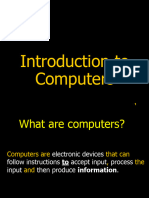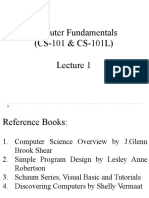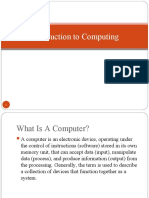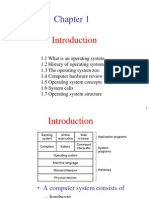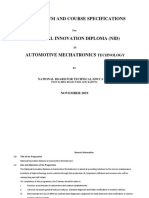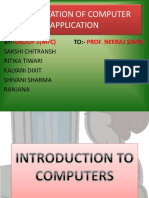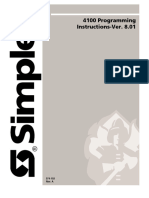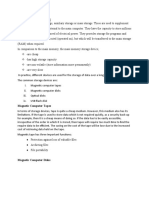0% found this document useful (0 votes)
62 views41 pagesCSE101 - Basics of Computer
The document describes the history and classification of computers from the first to future generations. It discusses that the first generation used vacuum tubes, the second used transistors, and the third used integrated circuits. The fourth generation saw the development of large-scale integrated circuits, and the fifth generation uses massively parallel processing. The document also covers traditional computer types like supercomputers, mainframes, minicomputers, and microcomputers. It provides details on computer organization, hardware, software, and core components like the CPU, RAM, and ROM.
Uploaded by
2019-3-30-034Copyright
© © All Rights Reserved
We take content rights seriously. If you suspect this is your content, claim it here.
Available Formats
Download as PPTX, PDF, TXT or read online on Scribd
0% found this document useful (0 votes)
62 views41 pagesCSE101 - Basics of Computer
The document describes the history and classification of computers from the first to future generations. It discusses that the first generation used vacuum tubes, the second used transistors, and the third used integrated circuits. The fourth generation saw the development of large-scale integrated circuits, and the fifth generation uses massively parallel processing. The document also covers traditional computer types like supercomputers, mainframes, minicomputers, and microcomputers. It provides details on computer organization, hardware, software, and core components like the CPU, RAM, and ROM.
Uploaded by
2019-3-30-034Copyright
© © All Rights Reserved
We take content rights seriously. If you suspect this is your content, claim it here.
Available Formats
Download as PPTX, PDF, TXT or read online on Scribd
/ 41




